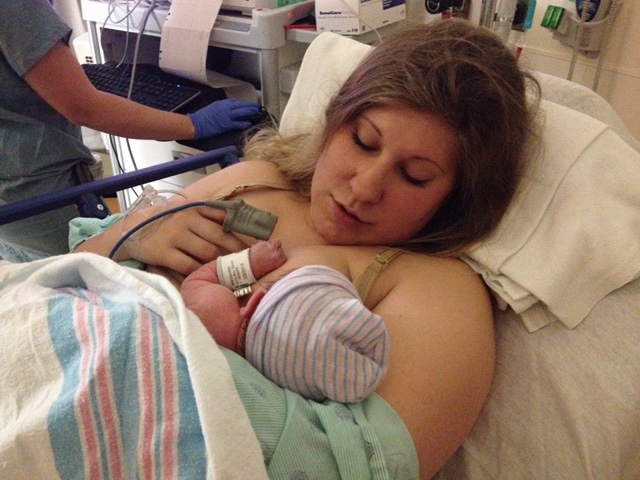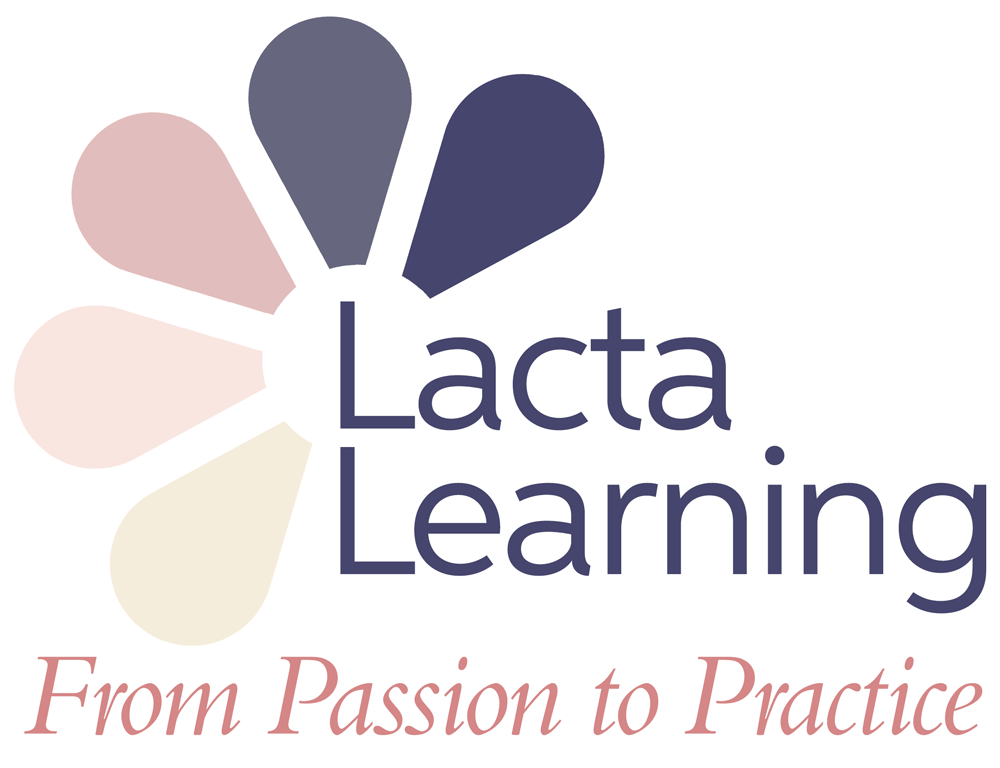Helping Your Hospital Be "Baby Friendly"
Reduce conflicting advice and patient complaints at your birthing facility while improving breastfeeding outcomes and quality of care.
Are you confused about the new changes to Step 2 of the Baby Friendly Hospital Initiative? Don't worry! We have you covered! Whether or not your institution plans to become Baby-Friendly or not, this customizable, interactive lactation course can help increase patient satisfaction and improve rates of exclusive breastfeeding at discharge. How? By giving your staff the knowledge, skills, and competence needed to provide consistent, evidence-based breastfeeding guidance so they can have their competencies verified.
We can offer a combination of in person, live online, or self-study online courses to meet your individual needs.
You can focus on all 16 the competencies evaluated or just a few areas where your staff is struggling.

Becoming "Baby Friendly" Hospital Training
Designed to satisfy Step 2 of the “Baby Friendly” Hospital Initiative
This course can be offered at your site or online
Are you “Baby Friendly”? This course is tailored and designed to meet your needs to fulfill Step 2, the Clinical Competencies, for your health facility/maternity staff. These competencies are needed to work in a Baby Friendly designated hospital’s birthing center or maternity unit. Hospitals/birthing centers all over the country are considering obtaining Baby Friendly status and many are actively engaged in this global program sponsored by the World Health Organization and UNICEF. Anyone who works with breastfeeding families in a health care setting will benefit from this most recent breastfeeding research and interactive clinical skills workshop.
Where we can help.
Increase Your Staff Competency in:
1. Implementing the Code in a health facility
2. Explaining a facility’s infant feeding policies and monitoring systems
3. Using listening and learning skills whenever engaging in a conversation with a mother
4. Using skills for building confidence and giving support whenever engaging in a conversation with a mother
5. Engaging in antenatal conversation about breastfeeding
6. Implementing immediate and uninterrupted skin- to-skin
7. Facilitating breastfeeding within the first hour, according to cues
8. Discussing with a mother how breastfeeding works
9. Assisting mother getting her baby to latch
10. Helping a mother respond to feeding cues
11. Helping a mother manage milk expression
12. Helping a mother to breastfeed a low-birthweight or sick baby
13. Helping a mother whose baby needs fluids other than breast milk
14. Helping a mother who is not feeding her baby directly at the breast
15. Helping a mother prevent or resolve difficulties with breastfeeding
16. Ensuring seamless transition after discharge
